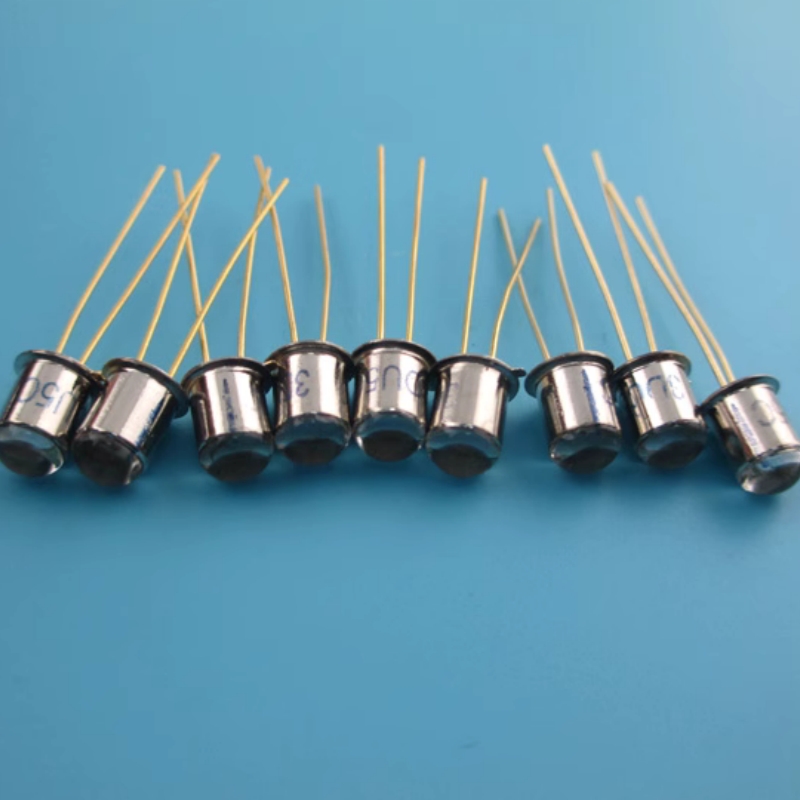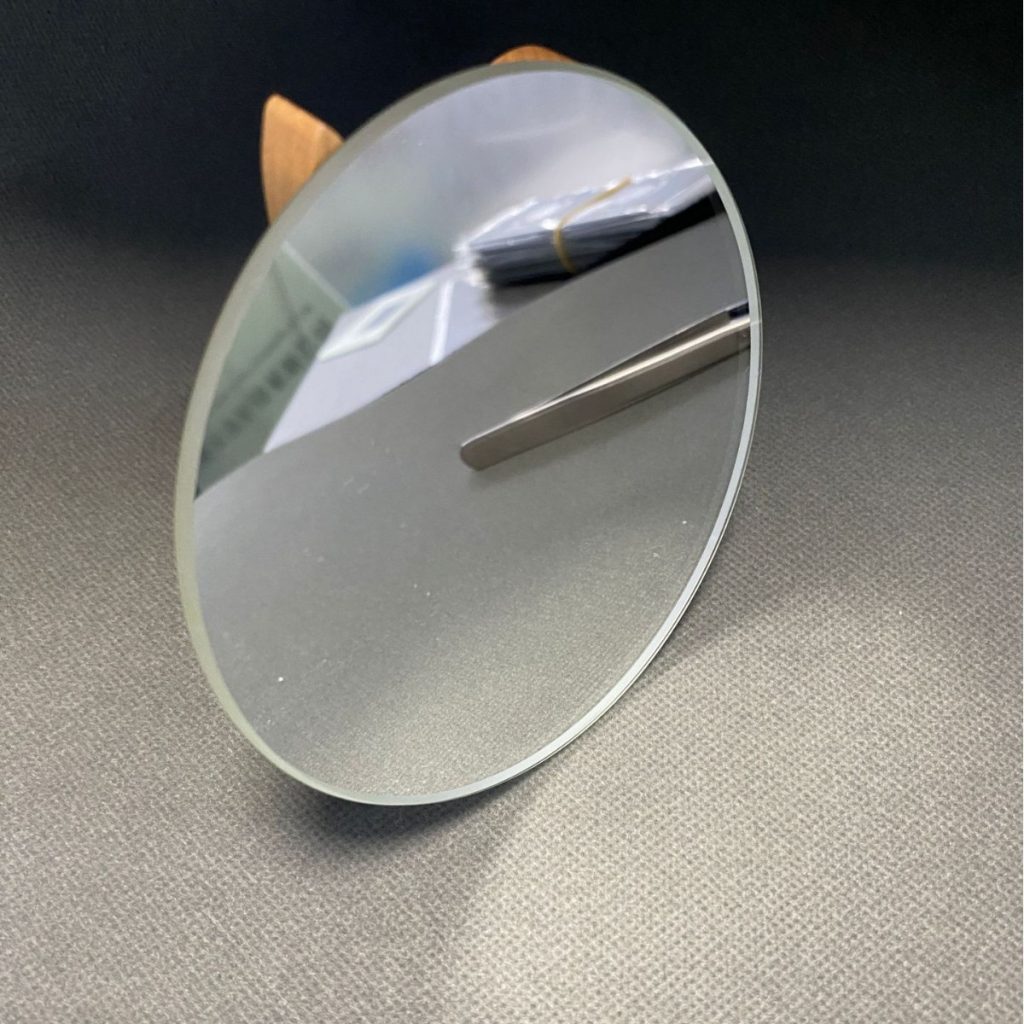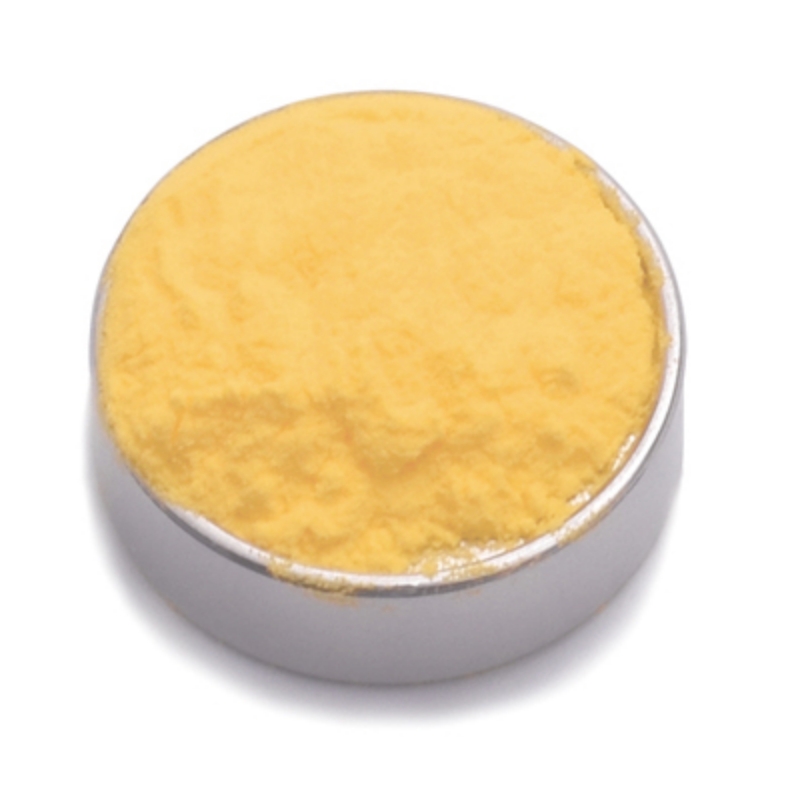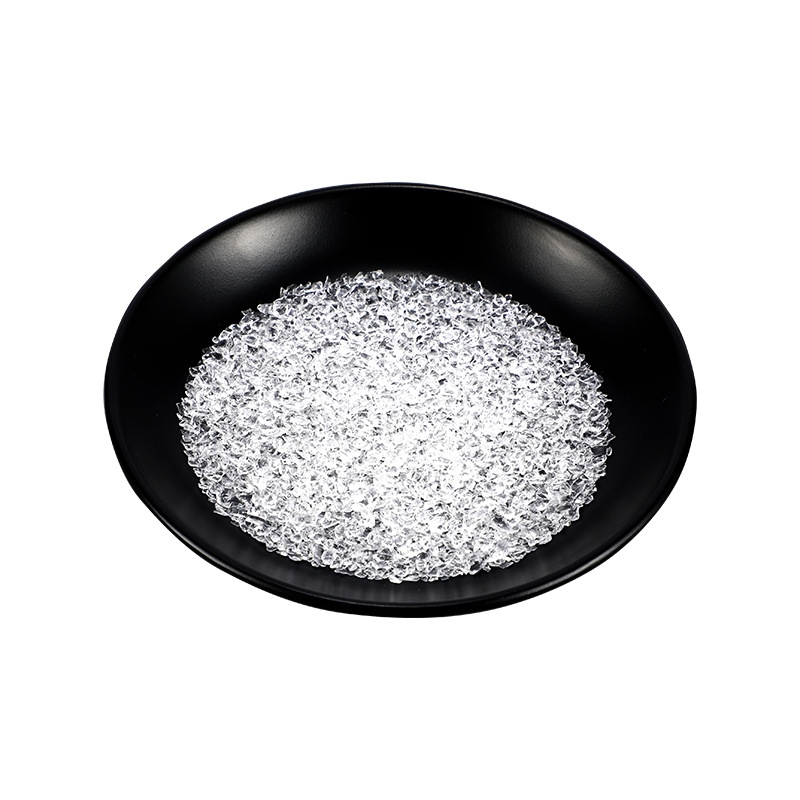Silicon plano-concave lens is a high-performance optical component designed for superior infrared transmission, excellent durability, and precise beam divergence control. Manufactured from high-purity crystalline silicon, it offers outstanding optical clarity, minimal optical distortion, and resistance to environmental fluctuations. This precision lens is widely used in infrared imaging, laser optics, aerospace applications, and precision scientific instruments, ensuring optimal performance for advanced beam manipulation and optical systems.
Product Overview
The silicon plano-concave lens is a specially designed optical element made from high-purity silicon single crystal material. It features a plano-concave shape (one flat surface and one concave surface). This lens is commonly used to adjust the imaging characteristics of light, such as transforming a point light source into a linear spot or changing the height of the image without altering its width. Silicon plano-concave lenses are widely used in applications like LiDAR, optical sensors, and spectrometers, where they serve as key optical elements for beam transmission or reflection.
Key Features
- High Transparency and Low Reflectivity: The silicon plano-concave lens offers high transmission in the visible and infrared spectra with low reflectivity and absorption, ensuring efficient light transfer.
- Precision Manufacturing: The lens is rigorously processed to ensure high shape and dimensional accuracy, meeting the requirements for high-precision optical applications.
- Excellent Optical Performance: Thanks to the properties of silicon single crystals, the silicon plano-concave lens exhibits exceptional optical stability and reliability in various optical applications.
- Thin Design and High Stability: Compared to lenses made from other materials, the silicon plano-concave lens has a thinner profile, along with superior optical performance stability.
Applications
- LiDAR and Optical Sensors: In LiDAR and optical sensors, the silicon plano-concave lens is used to expand beams and adjust imaging, improving optical system performance.
- Optical Instruments: Widely used in optical instruments to adjust the direction and shape of light beams.
- Fiber Optic Communications: Utilized as an optical element in fiber optic communication systems to adjust the light beam's transmission path.
- Astronomical Telescopes: Used in astronomical telescopes for focusing and shaping light, enhancing imaging quality.
- Solar Energy Utilization: Used as a window material for solar cells to improve the photoelectric conversion efficiency.
| Optical Property | Value |
| Transmission Range | 1.2-15 μm |
| Refractive Index | 3.41776 @ 10μm |
| Reflection Loss | 46.1% @ 10μm |
| Structure | Single crystal, synthetic |
| Cleavage Planes | <111 |
| Physical Property | Value |
| Density | 2.33 g/cm³ |
| Melting Point | 1414 ℃ |
| Thermal Conductivity | 163 W/(m·K) @ 313K |
| Thermal Expansion | 2.6 × 10⁻⁶/K @ 293K |
| Knoop Hardness | 1100 kg/mm² |
| Specific Heat Capacity | 712.8 J/(kg·K) |
| Dielectric Constant | 13 @ f = 9.37 GHz |
| Young's Modulus | 130.91 GPa |
| Shear Modulus | 79.92 GPa |
| Bulk Modulus | 101.97 GPa |
| Poisson's Coefficient | 0.266 |
| Chemical Property | Value |
| Solubility | Insoluble |
| Molecular Weight | 28.09 g/mol |
| Property | Value |
| Diameter Range | 2-300mm |
| Focal Length | 15-5000mm |
| Thickness | 0.12-60mm |
| Surface Quality | 80-50, 60-40, 40-20, 20-10, 10-5 |
| Surface Flatness | λ/2, λ/4, λ/8, λ/10 |
| Clear Aperture | >90% |
| Coating | Customizable |
Submit Your RequirementsWe will contact you within 24 hours.
 WOBO Scientific Research New Materials One-Stop Service Platform
WOBO Scientific Research New Materials One-Stop Service Platform











